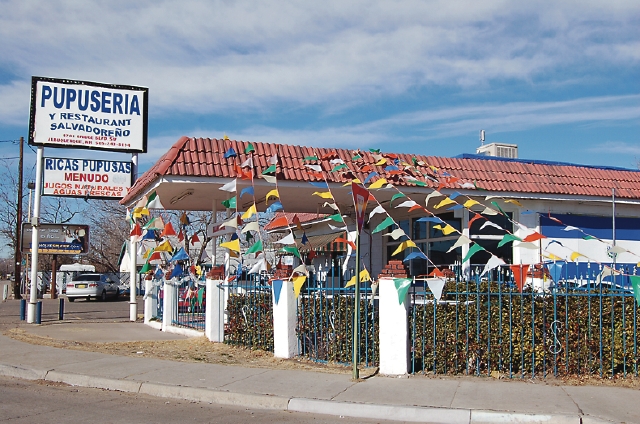Pupuseria Y Restaurant Salvadoreño Review
You’d Be Insane To Pass Up The Plantain


Kind of like being back in the fouth grade, isn’t it?
Tabatha Roybal
Latest Article|September 3, 2020|Free
::Making Grown Men Cry Since 1992


Kind of like being back in the fouth grade, isn’t it?
Tabatha Roybal
